Research Topic
Our long-term goal is to find new ways to prevent and treat heart disease.
We study the physiological mechanisms that control the activity of heart muscle cells. We are looking for ways to preserve and improve their function in civilizational and genetic diseases. Our areas of interest include research into the mechanisms that enable the rhythmic activity of cardiac muscle cells, the role of mitochondria and energy status in diseases, as well as changes in cell structure during cardiac stress in health and disease. Currently, given the rise in obesity, we are studying the impact of metabolic diseases and aerobic exercise on the function of heart muscle cells. Our projects are based on the creation and characterization of experimental animal models of healthy and overloaded myocardium, and on the interdisciplinary connection of advanced experimental and theoretical methods of cellular, molecular, and structural biology.
We have long-term research collaborations with domestic and international partners from universities and clinical centers (Comenius University and the National Institute of Cardiovascular Diseases in Bratislava, INSERM and the Faculty of Pharmacy, University Paris-Saclay, France, University of Split School of Medicine, Croatia). These collaborations enable us to study the cellular mechanisms of heart disease in human tissues and transfer our knowledge to clinical research.
More information about our work can be found here: http://confolab.sav.sk/ovsb/en/
Photo Gallery

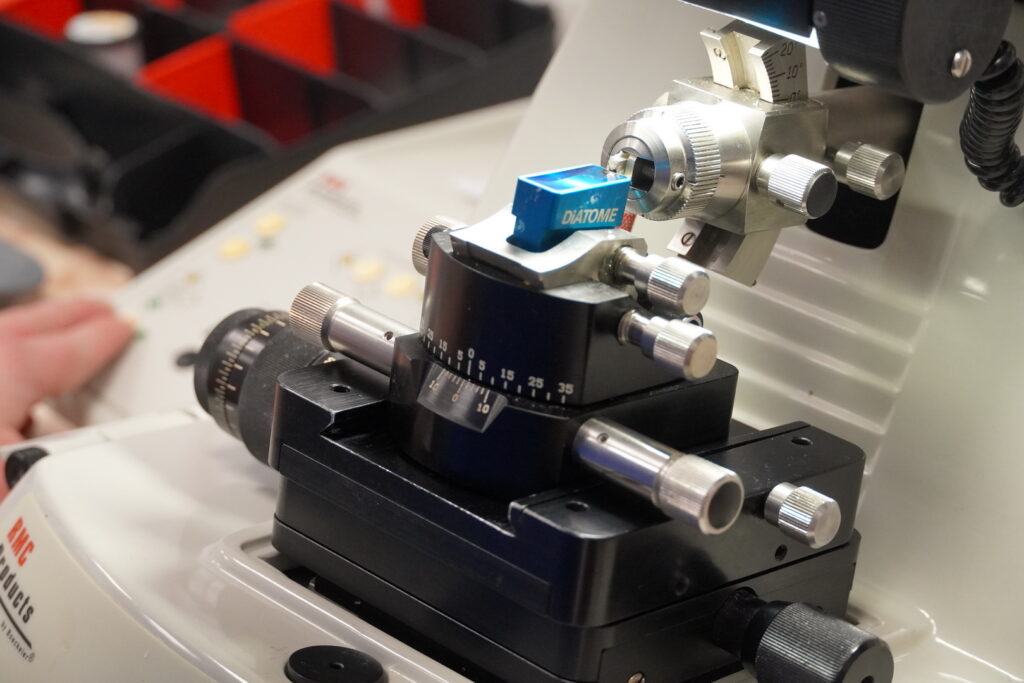
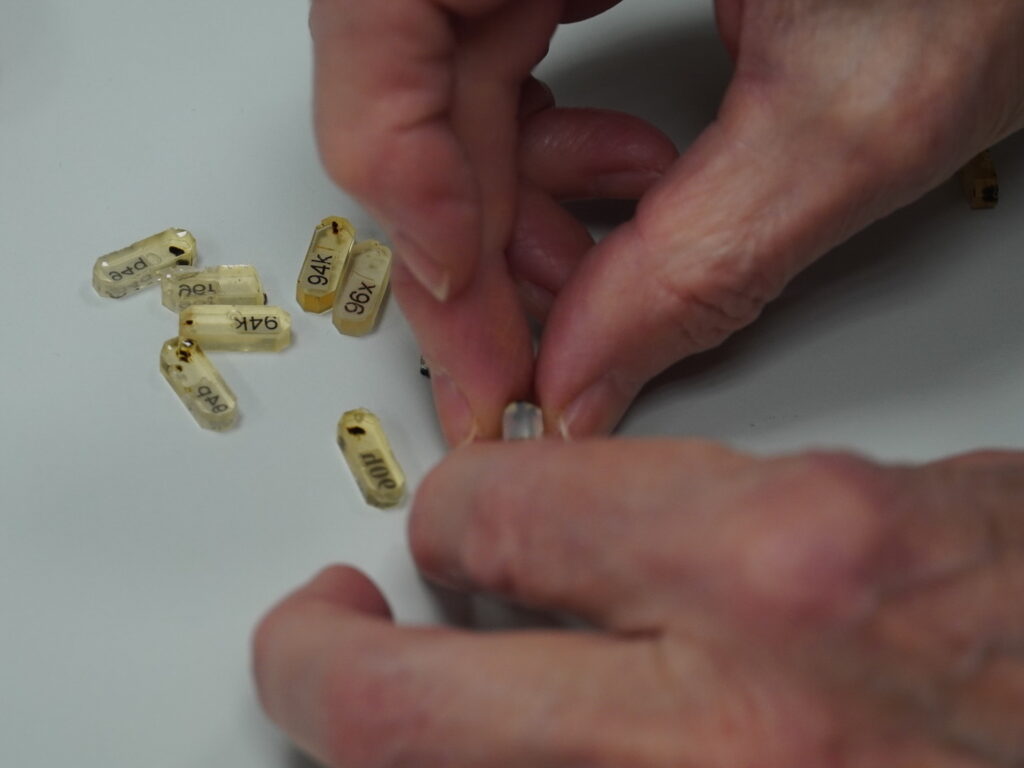



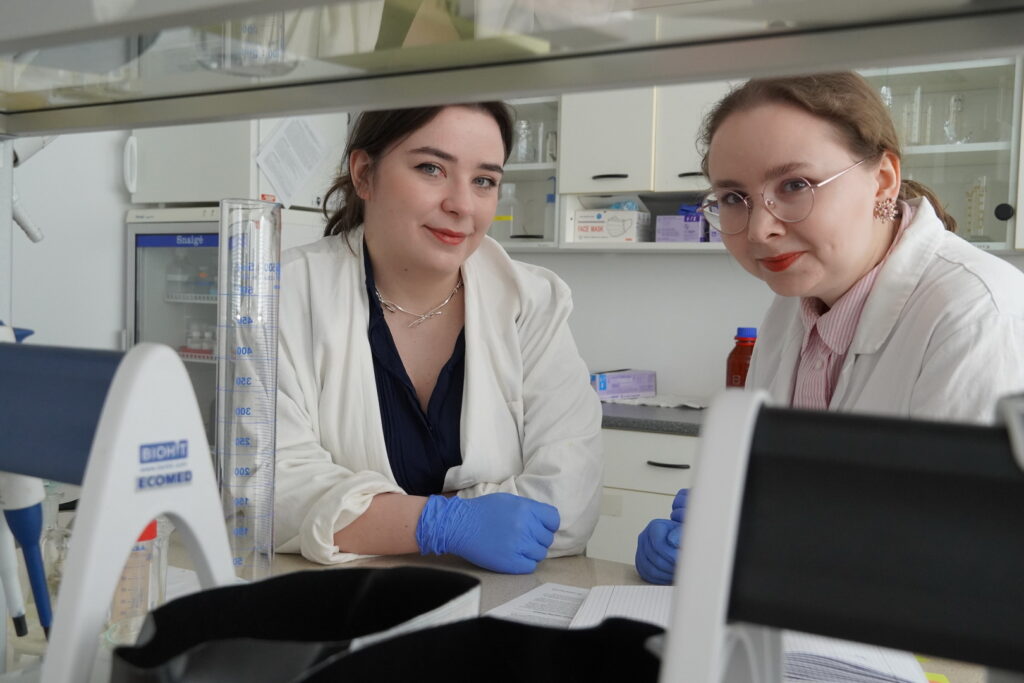
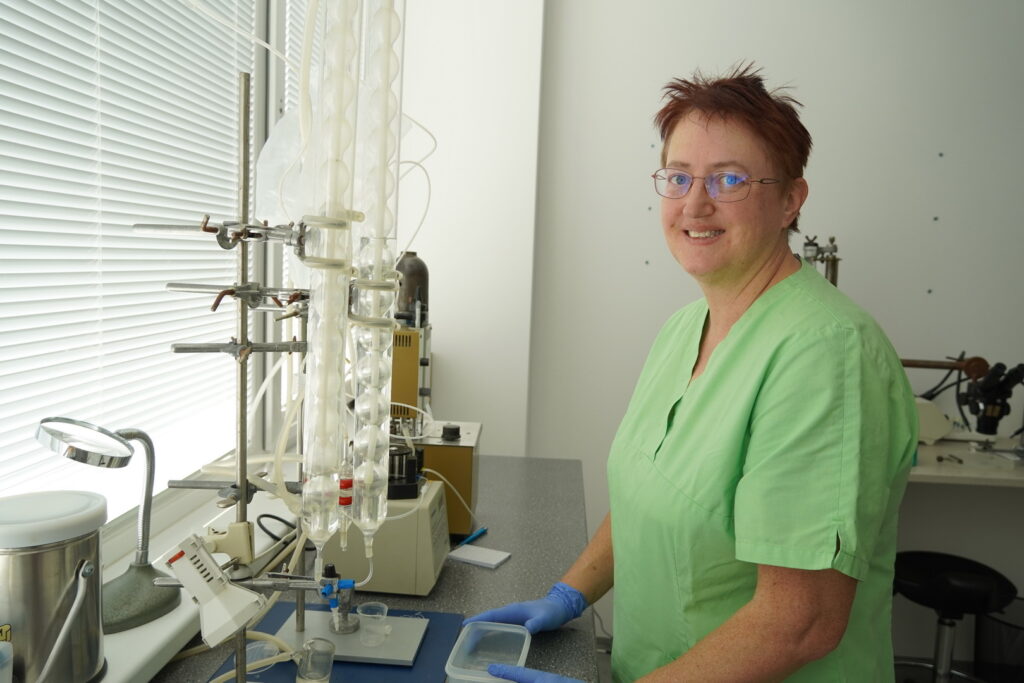
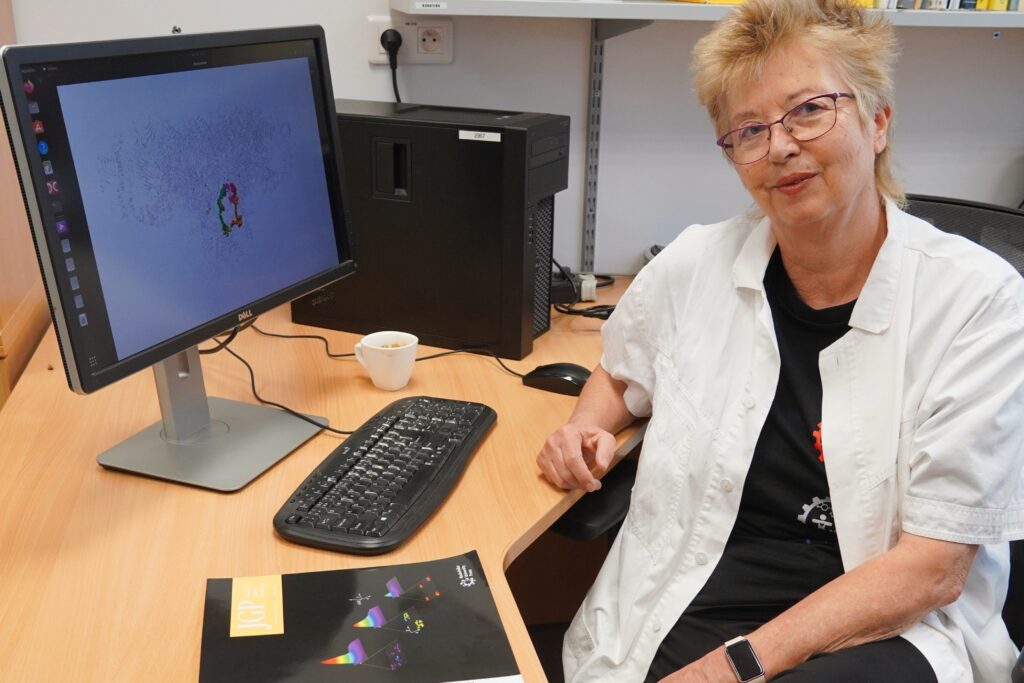

Head of the Research Group
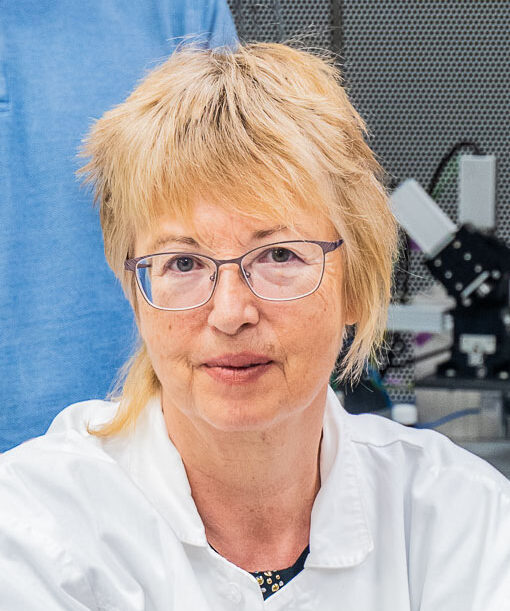
Dr. Alexandra Zahradníková is a member of the Learned Society of Slovakia. She holds a PhD in Inorganic Chemistry and a Doctor of Science degree in Animal Physiology. For her research on the mechanisms of ryanodine receptor function in cardiac myocytes and of their role in cardiac arrhythmias, she has been awarded by the Slovak Academy of Sciences and the Slovak Medical Society. She publishes primarily in prestigious journals such as PNAS, Journal of General Physiology, PLoS Computational Biology, and Journal of Physiology.



